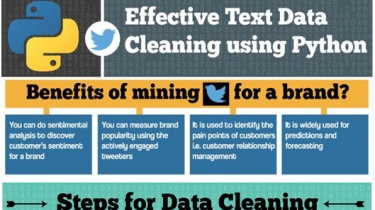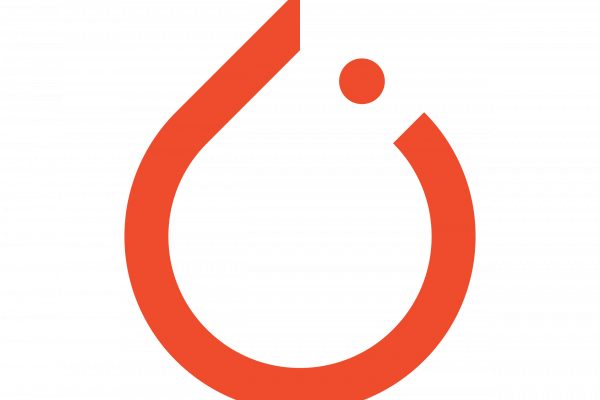Generating Synthetic Data with Numpy and Scikit-Learn
Introduction In this tutorial, we’ll discuss the details of generating different synthetic datasets using Numpy and Scikit-learn libraries. We’ll see how different samples can be generated from various distributions with known parameters. We’ll also discuss generating datasets for different purposes, such as regression, classification, and clustering. At the end we’ll see how we can generate a dataset that mimics the distribution of an existing dataset. The Need for Synthetic Data In data science, synthetic data plays a very important role. […]
Read more


